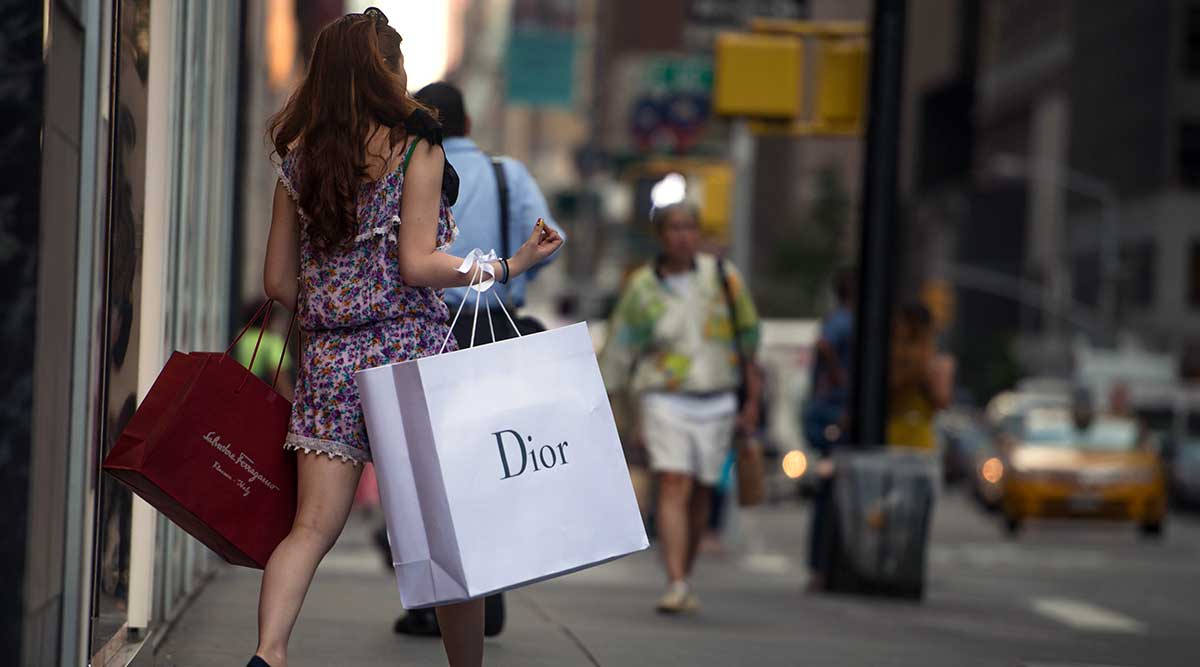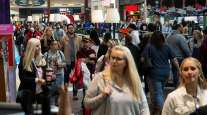Consumer Spending Rose More Than Forecast in August

Household spending climbed more than forecast in August and incomes also rose as the biggest part of the U.S. economy continued to power past a global slowdown.
Consumer purchases climbed 0.4%, matching the gain in July that was larger than previously reported, Commerce Department figures showed Sept. 28. The median forecast of economists in a Bloomberg News survey called for a 0.3% August increase. Incomes advanced 0.3%.
By maintaining spending, consumers are helping the U.S. overcome international risks that threaten to weigh on growth. Solid gains in the labor market, combined with cheap gasoline and modestly growing incomes, should continue to boost consumption, which accounts for 70% of the economy.
“The energy dividend from low oil prices will fall right through to consumers’ purchasing power,” Aneta Markowska, chief U.S. economist at Societe Generale in New York, said before the report. “We’re anticipating a few quarters of strong consumer spending.”
Projections for spending ranged from gains of 0.2% to 0.5%. The previous month’s reading was initially reported as a 0.3% increase.
The Bloomberg survey median called for incomes to rise 0.4%. July’s income reading was revised to a 0.5% gain, the biggest advance since November and compared with a previously reported 0.4% increase.
The report showed the price index tied to consumer spending was unchanged in August. From a year earlier, the gauge was up 0.3%. This inflation measure is preferred by Federal Reserve policymakers.
Stripping out the volatile food and energy components, the price measure rose 0.1% from the month before and 1.3% in the 12 months ended in August.
Inflation has stayed stubbornly below the central bank’s 2% target since 2012, which makes it harder for the Fed to justify tighter policy. Earlier this month central bankers decided to keep their benchmark interest rate unchanged.
“Recent global economic and financial developments may restrain economic activity somewhat and are likely to put further downward pressure on inflation in the near term,” the Fed said in a statement. In a speech last week, Fed Chair Janet Yellen also said she is ready to raise interest rates this year and intends to let the labor market run hot for a while to heal the lingering damage from the recession.
That’s probably welcome news to American households, for whom job gains have been a major driver of spending as income growth remains middling. Employers have added an average 212,000 workers to payrolls each month this year, more than enough to keep reducing slack in the labor market, economists have said.
Wages in August climbed 0.5% after a 0.6% jump a month earlier, the Commerce Department data showed.
That helped power a 0.4% gain in inflation-adjusted spending, the most in three months. Real outlays for durable goods rose 1.2% after a 1.3% increase a month earlier. Spending on nondurable goods and services rose more in August than in July.
Because spending rose more than incomes, the personal saving rate eased to 4.6% in August from 4.7% a month earlier.
Even with the global threats, consumers remain optimistic about the domestic economy, according to the University of Michigan’s survey of consumers. While international developments have lowered confidence levels, the data are still indicative of consumption expanding at a 2.9% annualized rate, the group said.
With cheap oil reducing business investment and a stronger dollar crimping factories, households have had to do the heavy lifting for growth this year. Gross domestic product rose at a 3.9% rate in the second quarter, boosted by stronger consumer spending and construction.
The biggest obstacle for the economy in the current quarter is the need to reduce bloated inventories, which has economists projecting slower growth. GDP is forecast to expand at a 2.4% rate, according to the median forecast of economists surveyed by Bloomberg from Sept. 4 to Sept. 9.




